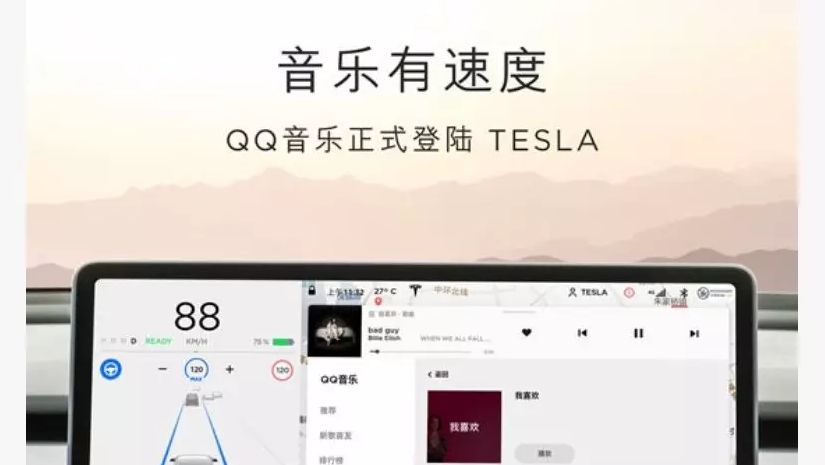On June 15, 2019, Tesla began to roll out the 2019.20.X update on a large scale, with a special update for Chinese users: QQ Music.
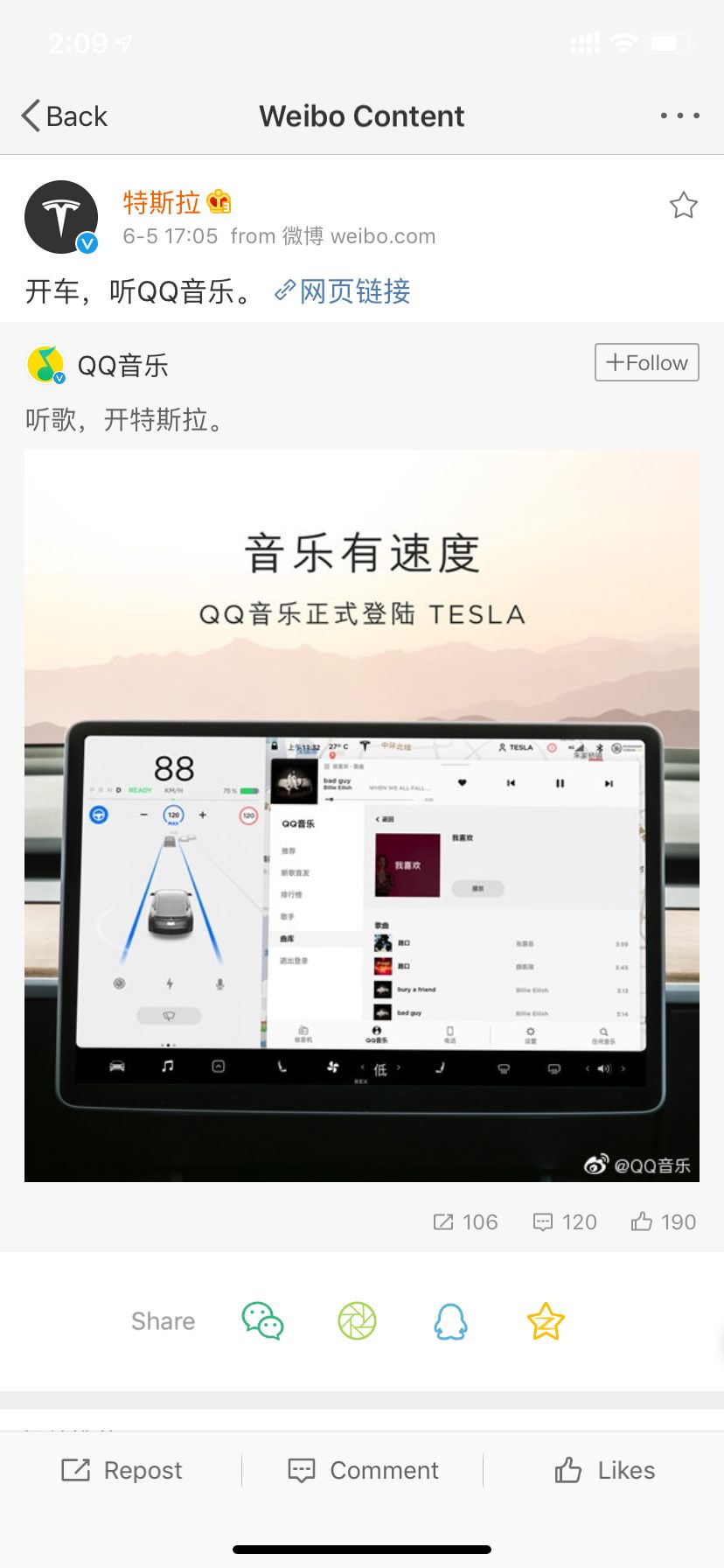
On that day, QQ Music’s official Weibo account posted “Listen to music, drive a Tesla” and tagged Tesla’s official Weibo account. Tesla responded in a friendly manner by reposting and saying “Drive, listen to QQ Music.” Although this basic entertainment feature may seem somewhat late, it has finally come. What was supposed to be a good thing has recently led to new complaints from car owners.
In short, although Tesla China has integrated QQ Music, the music platform in the Chinese market with the most complete copyrights and abundant audio resources, and paired it with Model 3’s advanced sound system, too many details in the music are compressed and lost due to the mere 128 Kbps. Therefore, the final outcome is: for car owners who are sensitive to sound quality, Tesla’s music experience has not improved significantly.
Low-quality music is not the main issue here. Rather, it is the series of intelligent hidden dangers that arise from this, which are worthy of Tesla’s attention.
Linux, Linux, Linux
Why can so many Chinese car brands provide high-quality music, but Tesla cannot do it well?
From a perspective of operating systems, this is closely related to the fact that Tesla’s central screen uses a custom version of Linux Ubuntu. To put it more broadly, this can be traced back to the history of Tesla’s establishment of its operating system in 2012, which brings us to the first key figure in this article: Robert Rose.
Elon Musk has a characteristic of pushing people who are strong enough to hold multiple positions in several companies as CEO. Prior to joining Tesla, Robert Rose was SpaceX’s Director of Flight Software, who was responsible for the software of Falcon 9 and Dragon spacecraft.
In a speech, Robert Rose mentioned the importance of Linux to SpaceX: from the flight control systems of Falcon 9 to Dragon spacecraft and Grasshopper rockets, to ground workstations and developers’ desktops, Linux is everywhere at SpaceX. He even has a famous quote: Space X is Linux, Linux, Linux.
Space X is Linux, Linux, Linux.
Robert referred to the efforts SpaceX made to put Linux into “space,” which had a far-reaching impact on Tesla in later years.# SpaceX’s Linux Engineering Expertise Extends to Tesla
SpaceX has a very similar methodology as NASA: everything done in-house. This means complete control over hardware and software development. One such noteworthy example is SpaceX’s “obsessive” focus on software “visibility” – the ability to track every rocket action, from performance and network efficiency to CPU usage.
Another key focus of SpaceX is “fail-safe” computing: the design of software and hardware systems with redundancy to ensure mission-critical functionality. In fact, the Linux flight control system for the Dragon spacecraft is designed with three times the redundancy needed for NASA’s ISS.
Finally, SpaceX is committed to “reusability,” which drastically cuts cost. Not only are hardwares easily shared, all software code is shared and portable. Any bug fixed on one platform is automatically fixed on another. When Elon Musk shared these features, it was before he joined Tesla. But without a doubt, SpaceX has an impressive team of top-tier Linux engineers, whose operating system meets NASA’s specifications for security, reliability and performance under extreme conditions.
It’s a leap from space to cars, from military to consumer specs, but when Tesla needed an operating system, it was clear: the Linux Operating System.
There is no direct evidence of collaboration between SpaceX and Tesla on the Linux operating system. However, Jinnah Hosein, SpaceX’s former Vice President of Software Engineering who had overseen the software systems for 40 Falcon 9 launches, 10 Dragon spacecraft launches, 24 rocket recoveries and the Falcon Heavy’s maiden launch, had also served as interim Vice President of Software for Tesla.
Considering that sharing talent and pushing technological progress by creating joint working groups has been common practice among SpaceX, Tesla, Open AI and The Boring Company, it makes perfect sense for Elon Musk to install Linux on the central control of Tesla.
Tencent Doesn’t Use LinuxTalking about Tesla, the 128 kbps audio quality is actually the “Standard Audio Quality” offered by QQ Music web version. If you want “HQ High-Quality” or even “SQ Lossless Quality”, you need to download the client.
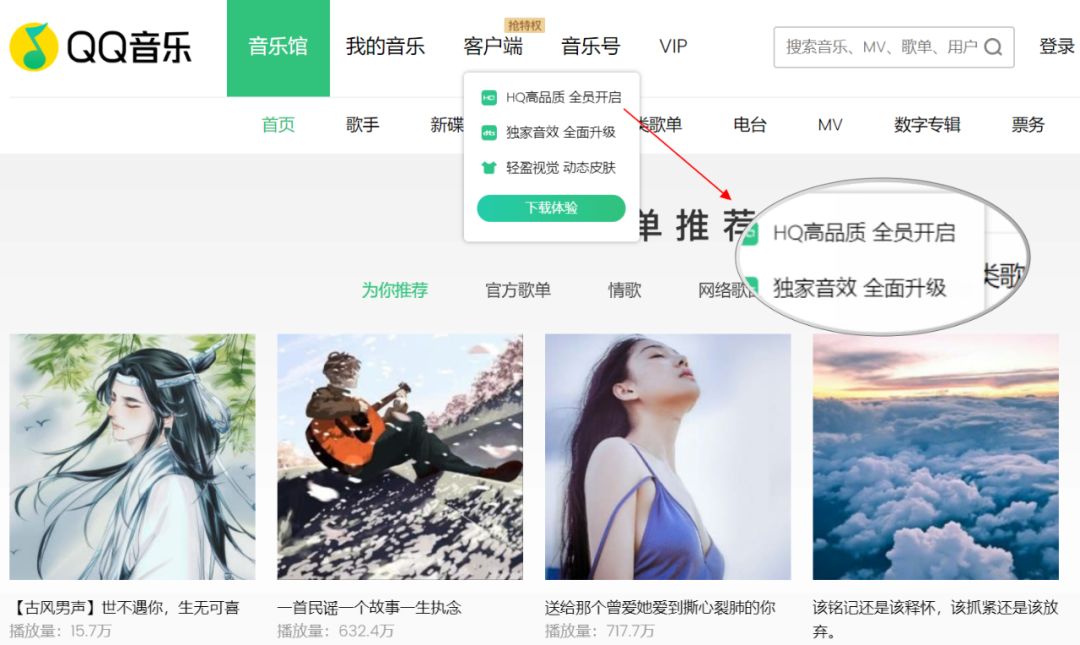
However, the QQ Music download page looks like this.
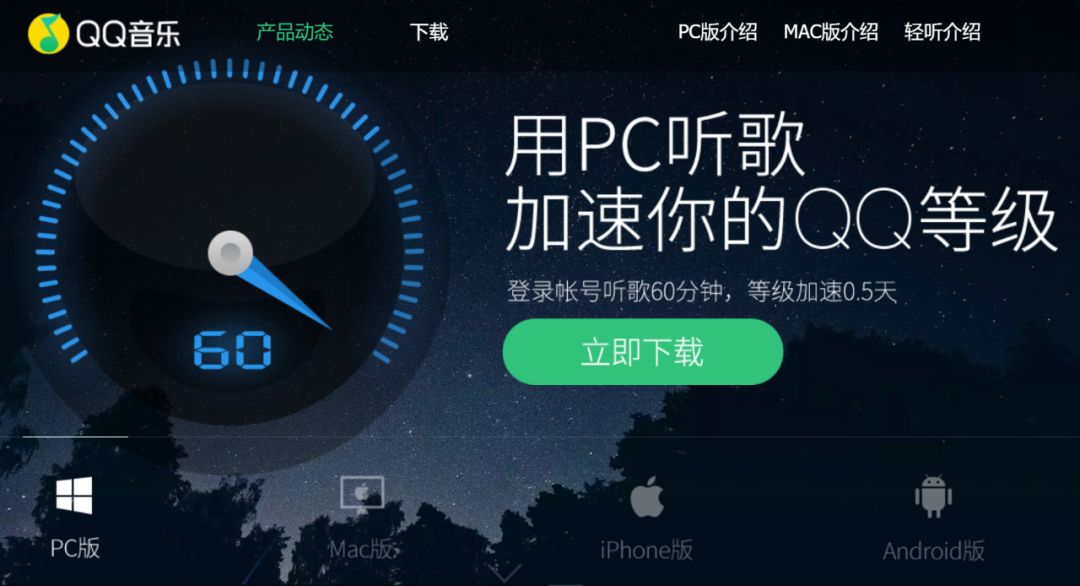
There is no Linux client for PC, Mac, iPhone, or Android. In fact, Tencent is the Chinese Internet giant that is the least friendly towards Linux. Taking WeChat, the software with the largest user base under Tencent as an example, the download page even offers clients for Nokia Symbian era and BlackBerry, but not for Linux.
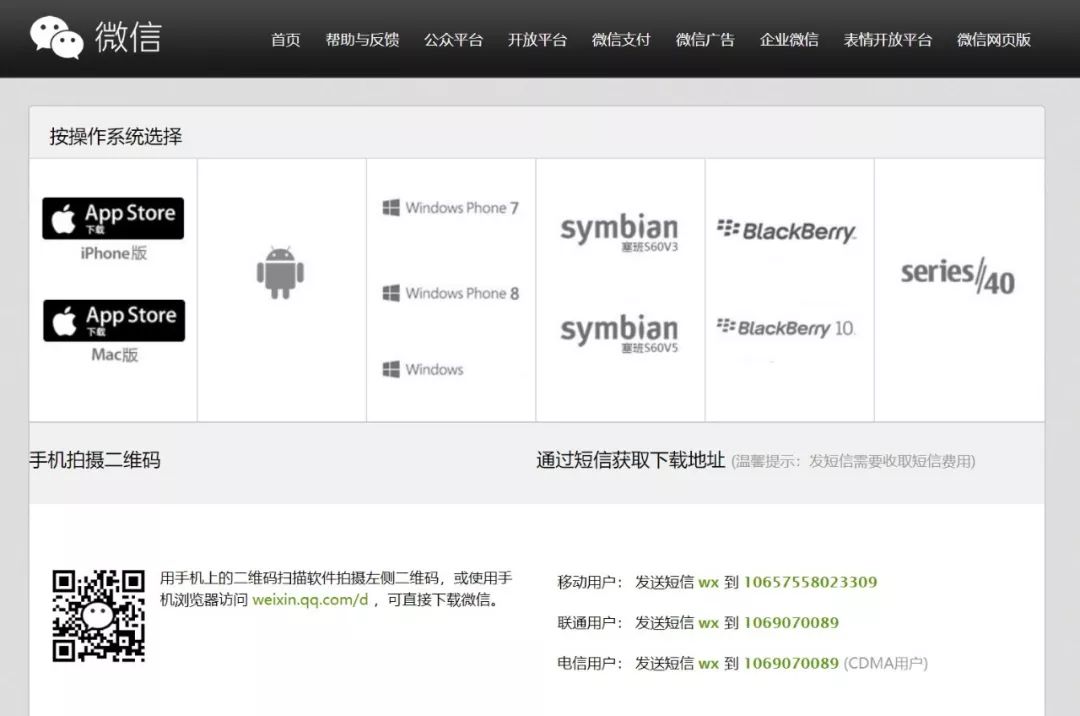
Tencent is not excluding Linux, Tencent is following the logic of doing business. If the above clients are not operating systems with huge user base, they are still the mainstream operating systems thriving today. Tencent will invest in financial and human resources for development only if there is a user base and business potential.
Thus, it is not impossible for Tesla to enhance music functionality through updating and connecting to richer audio resources in the short term, but the probability is low. More importantly, besides music, Tesla’s implementation of other functionalities is worrying. For example, navigation. Currently, Tesla has integrated Four-dimensional Map’s underpinning data and self-developed engine. But in terms of user experience, it lags significantly behind domestic navigation softwares like Gaode Map and Baidu Map.
Music, map, video, parking/charging payment, O2O functionalities derived from maps… The entire in-car central ecosystem is weakly related to Linux. Li Xiang once pointed out the hidden danger of Tesla’s Linux development.
If you ask me to find a problem with Tesla, it may only come to fruition 3-5 years later. That is Tesla’s Linux software, which may become Tesla’s biggest fatal point in the future.
Globally speaking, Linux is an engineer-oriented operating system without a prosperous ecosystem to support it. Therefore, it is hard to say it is Tencent’s fault. The majority of 2C product and service-oriented companies have overlooked Linux.
Does Linux still have a chance?For Tesla, with the increase in the number of vehicles on the road, it will continue to have a certain impact on the industry. For example, Tesla recently partnered with Vector Unit to port the racing game Beach Buggy Racing 2 to the Tesla central control screen. Elon has revealed that Rock Racing, Hearthstone, Quake, and Minecraft are all on the list of ports and will be gradually pushed out.
Game studios value Tesla’s ownership and influence, but Tesla cannot do everything alone. Take QQ Music as an example. As more and more Linux car systems are used, will Tencent invest resources to develop dedicated QQ Music Linux clients for driving scenarios? This depends on the coverage of Linux.
The Car-Grade Linux AGL (Automotive Grade Linux) alliance has already attracted a large number of traditional automakers to join, including Volkswagen, Daimler-Benz, Toyota, Honda, Mazda, Mitsubishi, Subaru, and almost all Japanese automakers except Nissan. The AGL website states its goals:
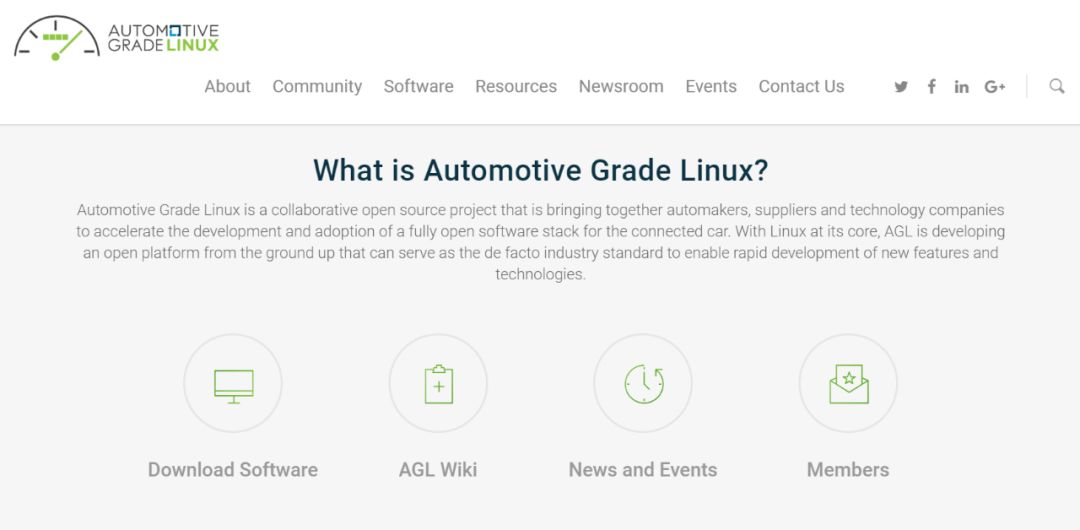
Automotive Grade Linux is a collaborative open-source project that brings together automobile manufacturers, suppliers, and technology companies to accelerate the development and adoption of a fully open automotive software stack. Based on Linux, AGL is developing an open platform that can serve as the de facto industry standard to support rapid development of new features and technologies.
If the Linux system becomes the industry standard, Linux, which has almost no ecosystem in PCs and mobile Internet, will still have a chance in smart cars.
Of course, Tesla is not a member of AGL. This is because the AGL system, based on the Linux specification version 1.0, was not launched until June 1, 2015, three years after Tesla released Model S. However, even if Tesla does not join the association, AGL members and Tesla are essentially part of the same camp.
Today, Mercedes-Benz EQC and Toyota Camry have already been taken offline based on Linux AGL’s development of intelligent car system models. The Linux camp is still expanding.
The future of Tesla’s in-car system may be bright, but for now, QQ Music’s sound quality cannot be improved.
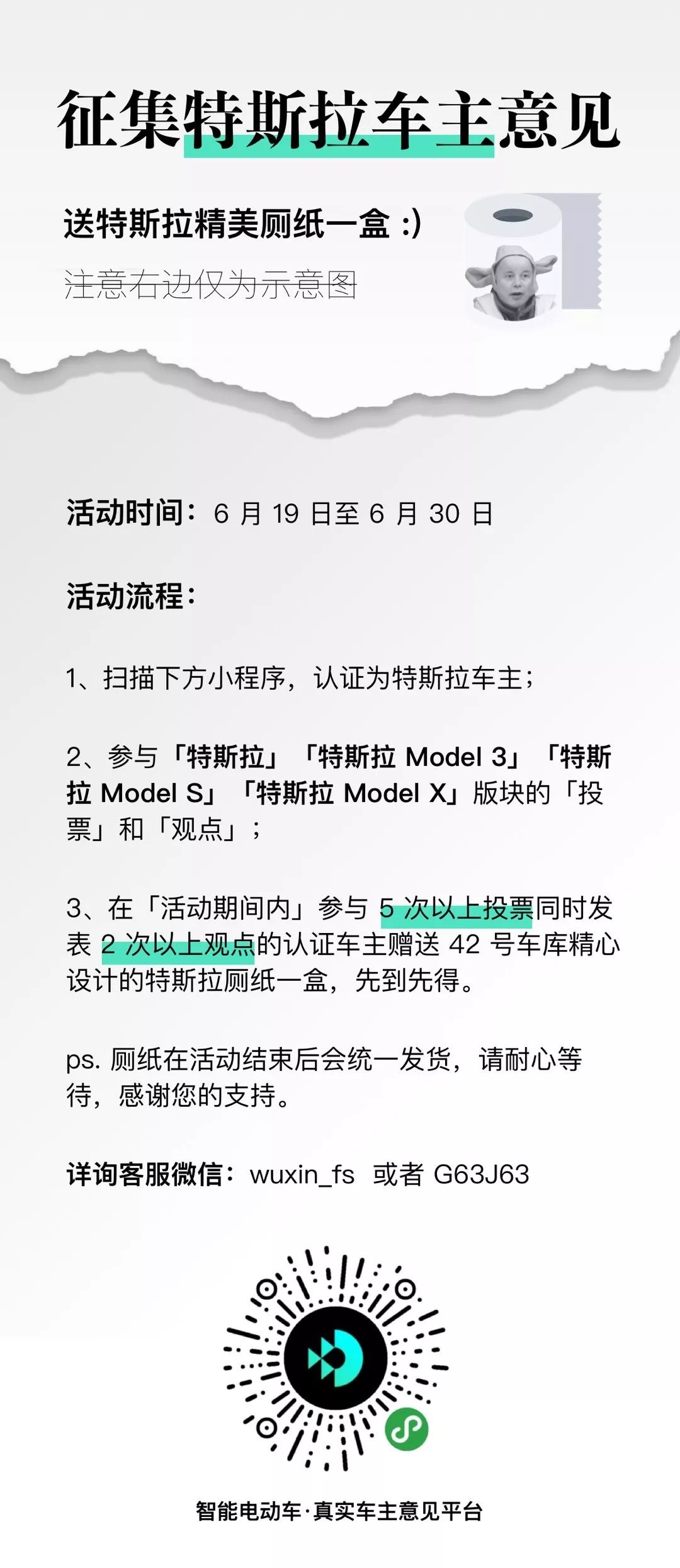



This article is a translation by ChatGPT of a Chinese report from 42HOW. If you have any questions about it, please email bd@42how.com.
